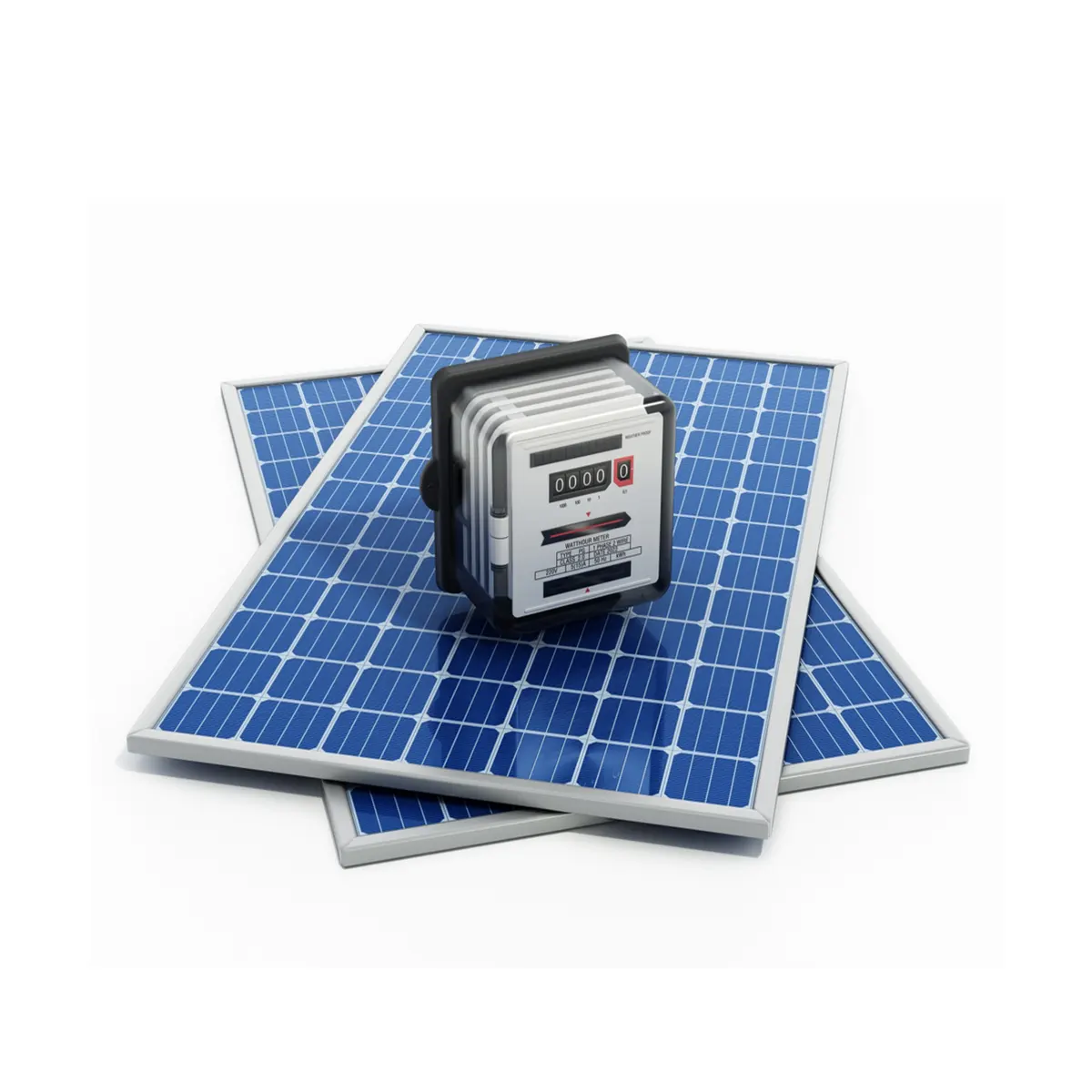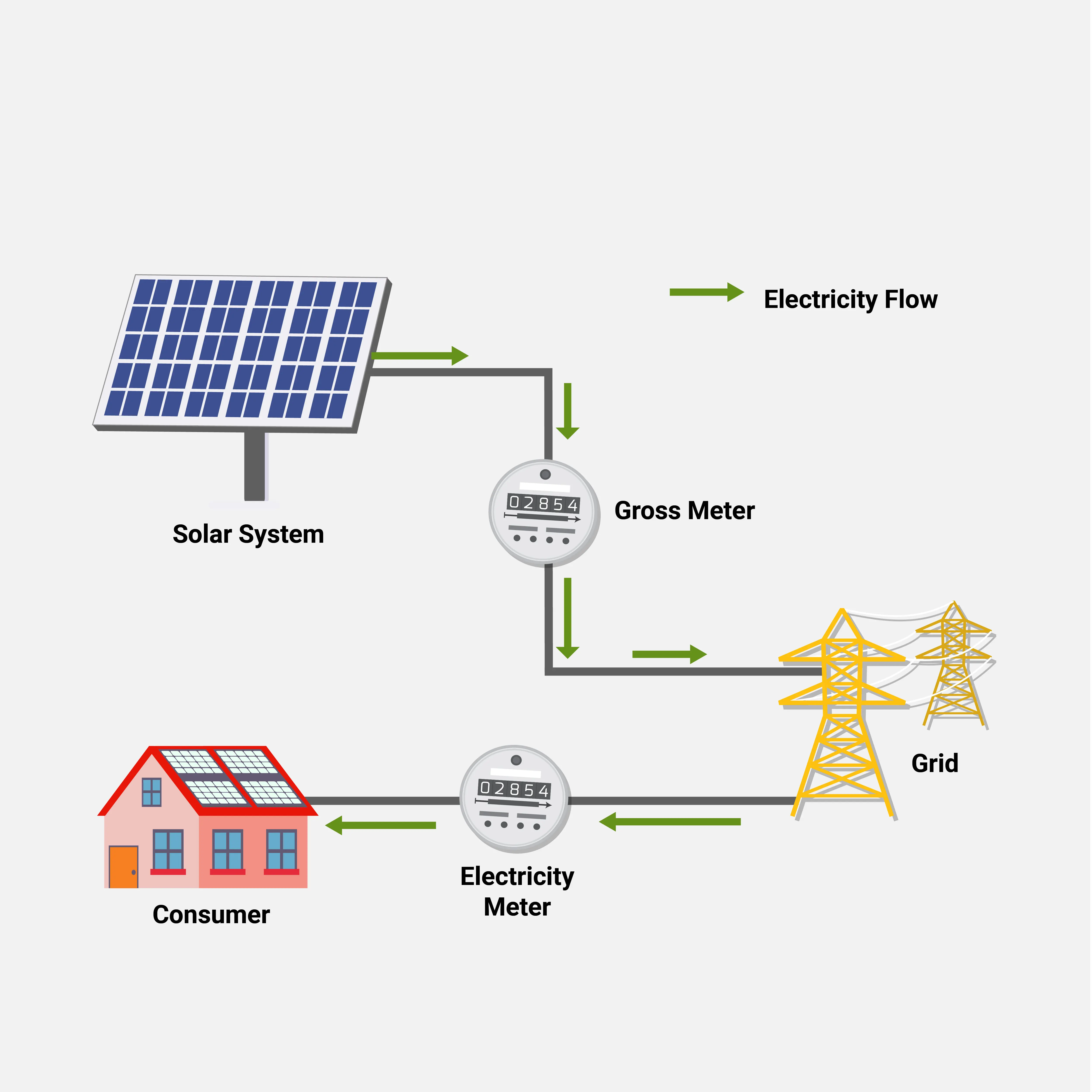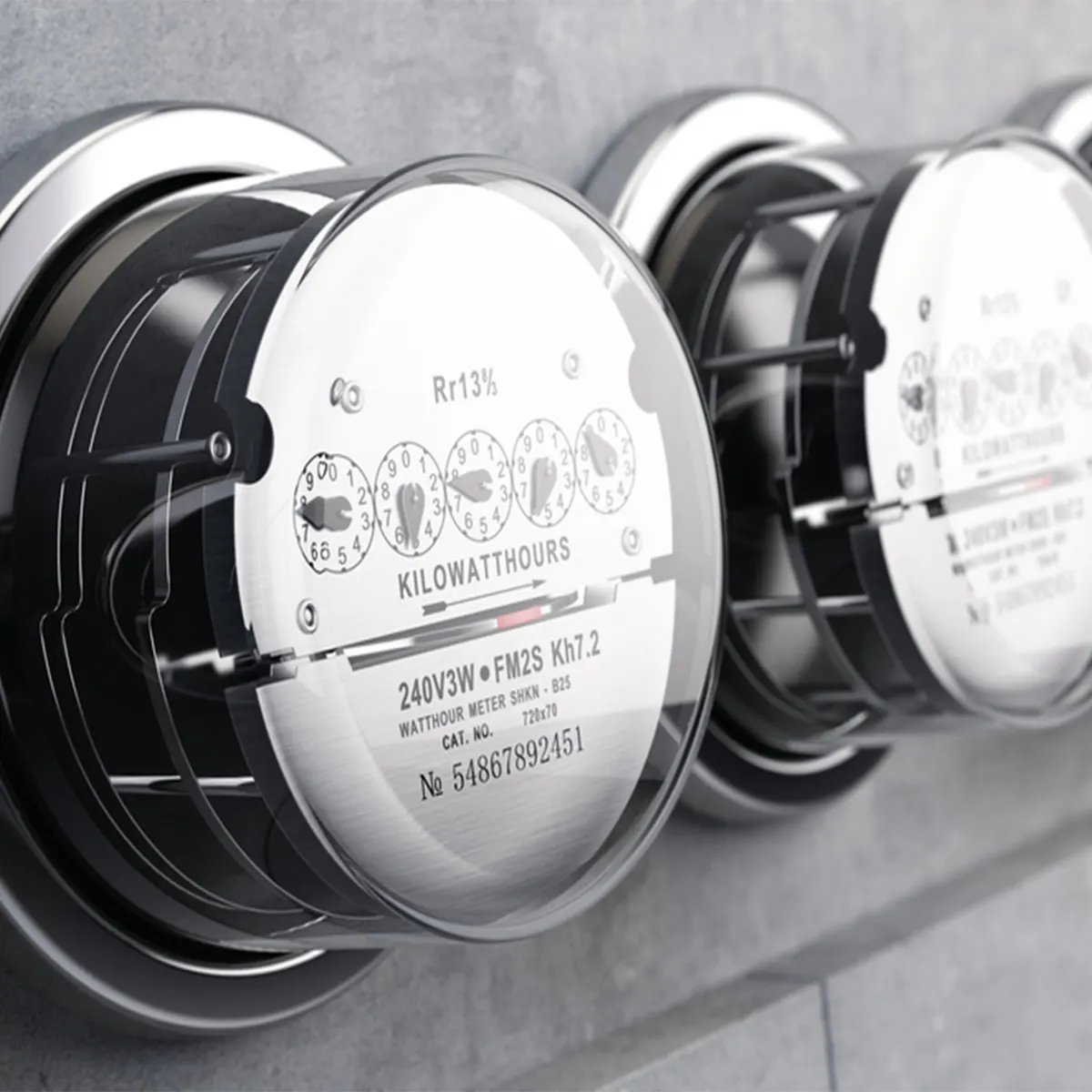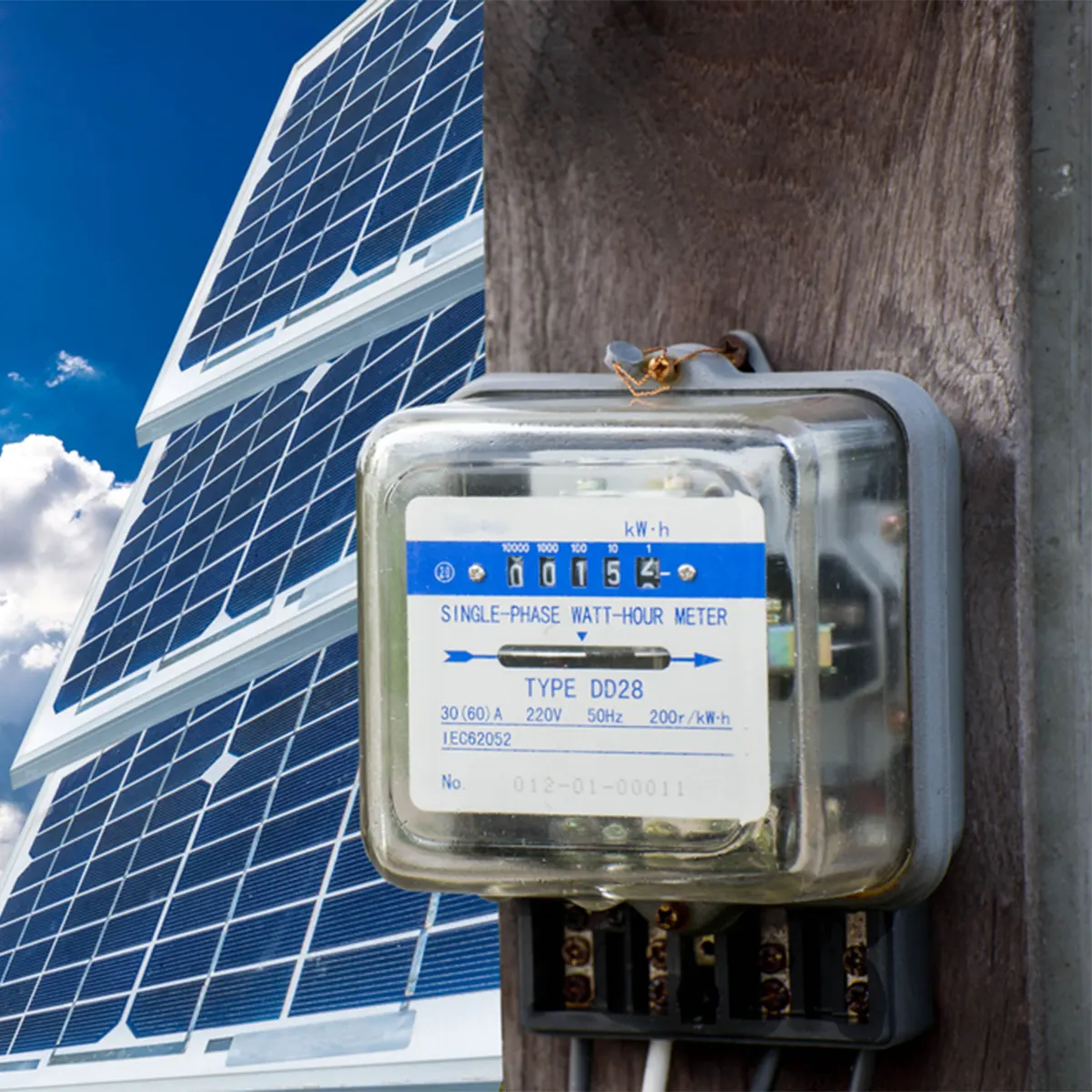Solar Progress- Net vs. Gross Metering: Powering Your Solar Savings
As the world shifts towards renewable energy, solar power is becoming increasingly popular. With advancements in new solar panel technologies, homeowners and businesses alike are exploring how they can leverage solar energy to reduce their carbon footprint and electricity bills. One of the critical aspects of this transition is understanding the different metering systems available—specifically, net metering and gross metering. These systems play a pivotal role in how you interact with the grid and can significantly influence the financial viability of your solar energy investment.
This newsletter will delve into the differences between net metering and gross metering, explaining how each system works and which might be the best option for you. Whether you're a homeowner, a business owner, or a solar energy manufacturer looking to educate your customers, understanding these metering options is essential.
Solar Metering Types in India
India, as a growing market for solar energy, offers two primary metering options: net metering and gross metering. Both are integral to the country's efforts to promote renewable energy, particularly solar power. However, the choice between the two can significantly impact your savings and return on investment.
Net Metering: This system allows consumers to offset their electricity consumption with the solar energy they generate, thereby reducing their utility bills. It's popular among residential solar panel users.
Gross Metering: Here, the total energy generated by your solar panels is fed into the grid, and you are compensated at a fixed rate.


What is Net Metering?
Consumers use the electricity generated by their solar panels, and any excess power is sent back to the grid. When the solar system isn't producing energy, such as at night, customers can draw power from the grid. Net metering uses a bi-directional meter to track the total power exported and imported by the consumer.
With solar net metering, the tariff for exported power matches the tariff for imported power. At the end of the month, the total power sent to the grid and the total power drawn from it are calculated, and the electricity bill is generated based on this balance.
Net metering is particularly beneficial for residential users because it provides a straightforward way to reduce utility costs. In regions like Gujarat, where solar panel manufacturers are thriving, net metering has been instrumental in promoting solar adoption among homeowners.
What is Gross Metering?
Unlike net metering, in this system, the consumer does not use the solar power generated directly; instead, all the electricity produced by the solar panels is exported to the grid. The consumer must import all the power they need from the grid. Two separate electric meters are used in this setup—one to measure the power imported and the other to measure the power exported. The rate at which consumers export power to the grid is typically lower (determined by the DISCOM) than the rate at which they import power from the grid.
Gross metering is often used by commercial establishments that generate large amounts of solar energy. This system can be financially advantageous in scenarios where the feed-in tariff (the rate at which the utility company pays you for your solar energy) is higher than the retail rate of electricity.

How Do Net Metering and Gross Metering Work?
Both net metering and gross metering involve the use of a bi-directional meter that tracks the flow of electricity. However, the way they interact with the grid and your electricity bill differs significantly.
Net Metering: Net metering is the process applied when you install a rooftop solar system for personal electricity consumption, with any surplus power being exported to the grid. Introduced in India in 2015, this system aims to make solar power more affordable and accessible. Those familiar with solar energy understand that its output isn't consistent—cloudy days and nighttime result in no generation, and when demand exceeds production, additional power must be imported from the grid. To manage this, a bi-directional net meter is used to track both imported and exported power. The meter does not measure the total energy generated by your solar panels; instead, it only records the surplus power imported from the grid or exported to it.
For example, if you consume 12 units of electricity in a day and generate 8 units with your rooftop system, the net meter will record 4 units taken from the grid. Conversely, if you use 8 units and produce 12 units in a day, the meter will record -4 units. Your monthly bill will be based on the net units produced or consumed, and if your production exceeds consumption, you will be compensated at the rate set by your state's electricity regulatory commission.
Gross Metering: In gross metering, you do not directly use any of the electricity generated by your rooftop solar system. Instead, all the power produced is sent to the grid through a separate circuit, while your home draws its electricity from the grid. This setup involves two circuits, and consequently, two meters: one to measure your electricity consumption and another to measure your solar power production. Your electricity bill for consumption remains the same, but you receive separate payment for the electricity you generate. Gross metering is often chosen by those who want to maximize their rooftop space for solar panels, as there is no limit on the installed capacity, allowing for higher potential earnings.
This difference in operation makes net metering more suitable for residential use, while gross metering is often preferred by commercial entities with large solar installations.
Which One Should You Consider?
Typically, electricity pricing is structured so that lower consumption is charged at a lower rate, while higher usage incurs higher costs. In a net metering system, your imported power is offset by the exported power, allowing you to be billed at a lower consumption rate, which has been beneficial for consumers since the scheme's introduction. However, in a gross metering arrangement, the compensation for the power you export is slightly less than the rate you pay for the power you import. To protect their revenue, DISCOMs have increasingly advocated for gross metering over net metering
The choice between net metering and gross metering depends on several factors, including your energy consumption patterns, the size of your solar installation, and the financial incentives available in your region.
Residential Users: If you're a homeowner with a moderate-sized solar PV module, net metering is likely the better option. It allows you to maximize your savings by offsetting your electricity consumption with your solar production. The latest technology in solar panels can further enhance the efficiency of your system, making net metering even more advantageous.
Commercial Users: For businesses with large solar installations, gross metering might be more suitable. If the feed-in tariff is attractive, you can earn a steady income from the energy you export to the grid. This is particularly beneficial in regions with high solar insolation, where solar panel manufacturers and other states can supply high-efficiency modules.
Pros and Cons of Net Metering and Gross Meterings
Both net metering and gross metering have their advantages and disadvantages.

Net Metering Pros:
Cost Savings: Reduces your electricity bills by offsetting consumption with solar generation.
Simple Billing: Easy to understand and manage, with direct savings reflected on your bill.
Encourages Energy Efficiency: Users are motivated to conserve energy to maximize net savings.
Net Metering Cons:
Dependent on Consumption: Savings are tied to your electricity consumption patterns, which can vary.
Regulatory Risks: Changes in net metering policies can affect the financial viability of your investment.
Gross Metering Pros:
Predictable Income: Provides a steady, predictable income based on the energy you produce.
Ideal for Large Installations: Suitable for commercial users with high energy production and low self-consumption.
Gross Metering Cons:
No Direct Savings on Consumption: You still pay full retail rates for the electricity you consume from the grid.
Requires High Feed-in Tariffs: Financial viability depends on the attractiveness of the feed-in tariff offered by the utility company.

Wrapping Up:
Choosing between net metering and gross metering is a critical decision for anyone looking to invest in solar energy. Both systems offer unique benefits and challenges, and the right choice depends on your specific circumstances, including your energy needs, solar installation size, and local regulations.
For residential users, net metering typically offers the most straightforward path to savings, especially when paired with the latest technology in solar panels. On the other hand, commercial users may find gross metering more beneficial, particularly if they can secure favorable feed-in tariffs.
As a solar energy company or solar manufacturer in India , it's essential to guide your customers through this decision-making process. By understanding the intricacies of both metering systems, you can help them make the most of their solar investment, whether they are installing a small rooftop system or a large commercial array.
For more information on the latest advancements in solar technology and how to choose the best metering system for your needs, visit PIXON. Whether you're a homeowner looking to reduce your electricity bills or a business seeking to capitalize on renewable energy, PIXON offers a range of solutions tailored to meet your needs.
By staying informed and choosing the right metering option, you can maximize the benefits of solar energy and contribute to a more sustainable future.